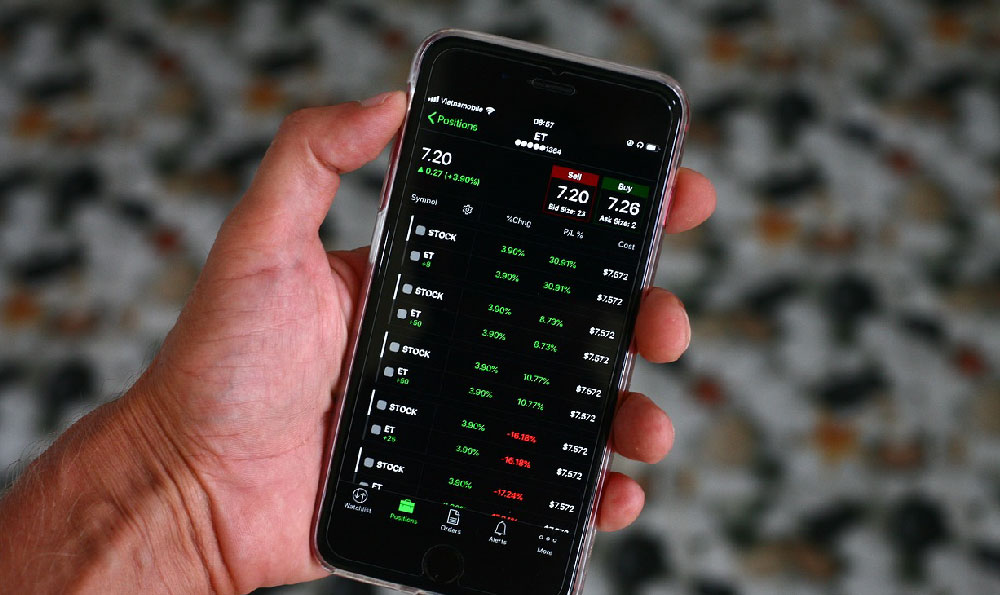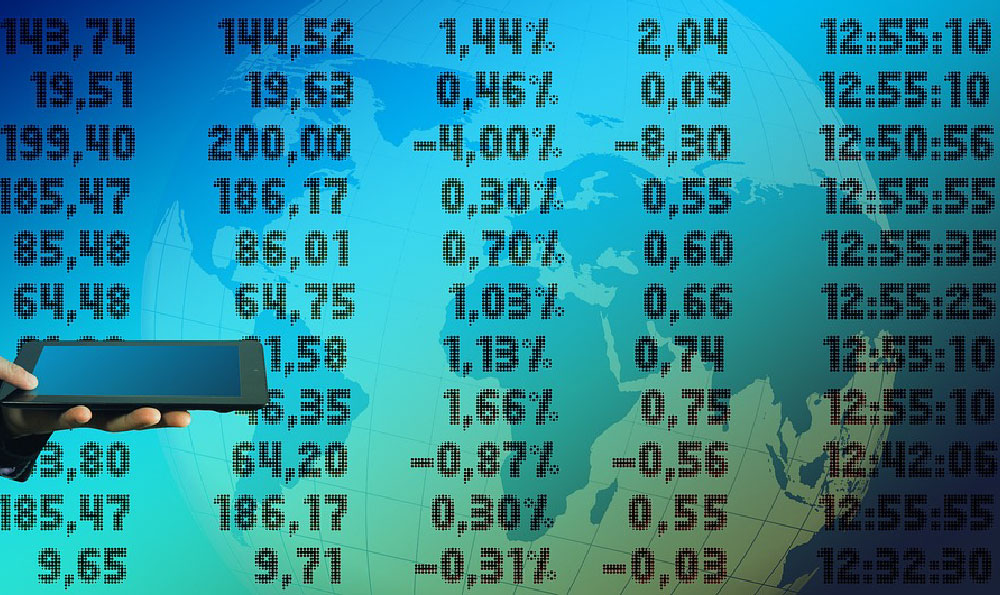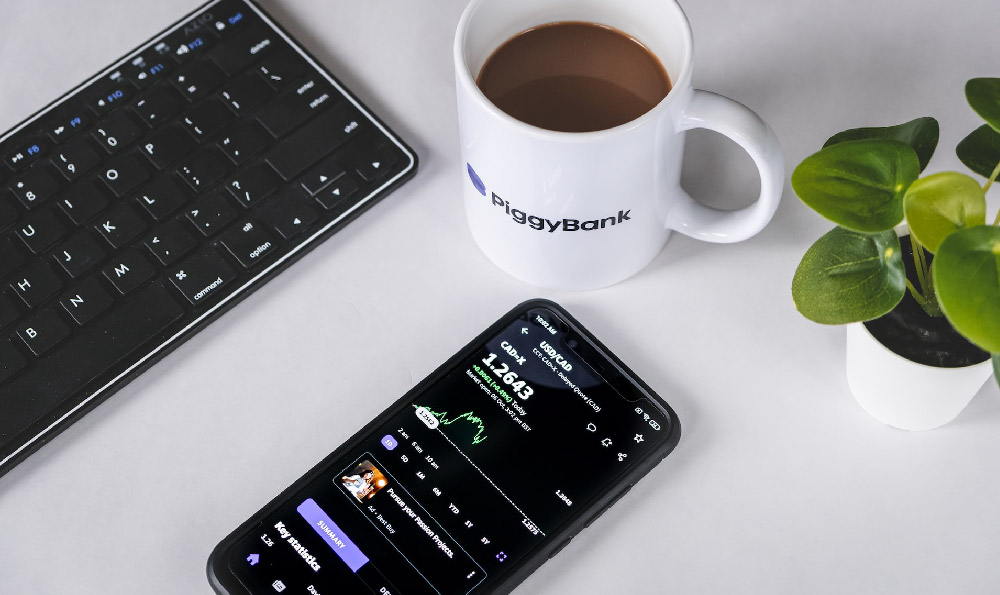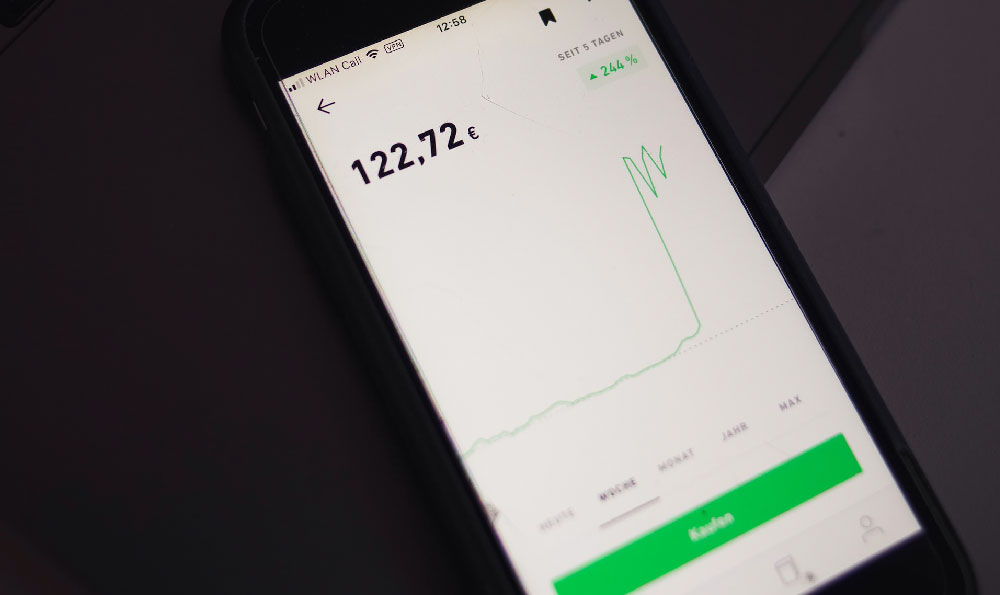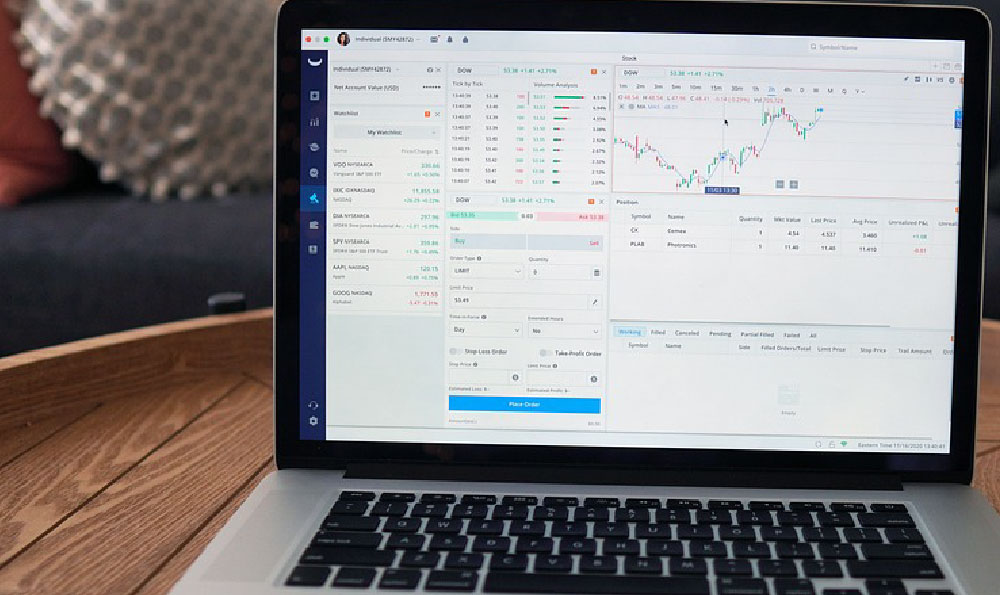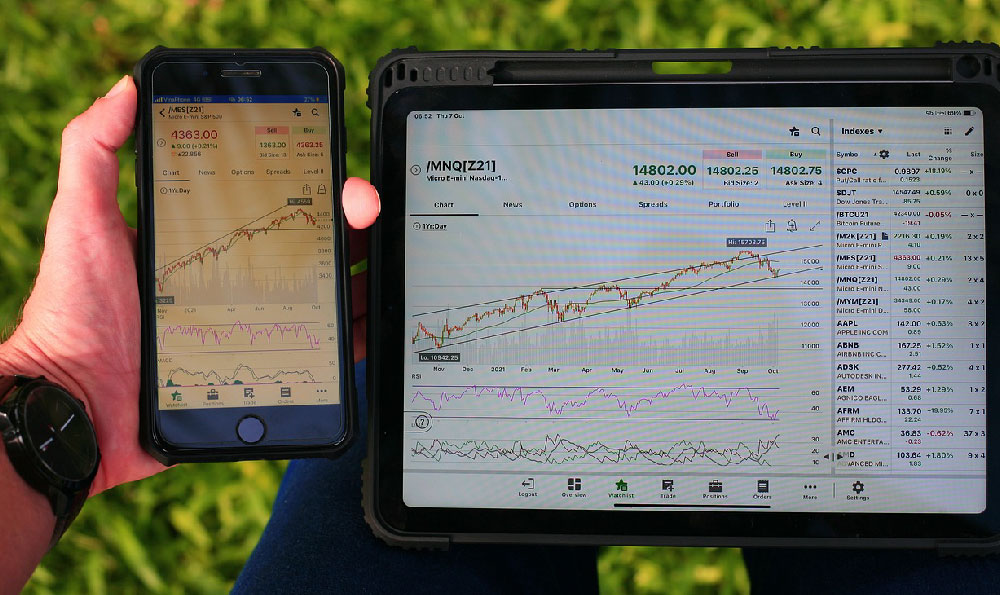Okay, let's delve into the world of YouTube monetization, exploring the views needed and the potential revenue generation. Understanding these aspects is crucial for anyone looking to build a sustainable income stream on the platform. It's a complex landscape, influenced by numerous factors beyond simply accumulating a certain number of views.
The initial hurdle, to even qualify for monetization through the YouTube Partner Program (YPP), isn't solely based on views. YouTube has specific eligibility requirements: you need at least 1,000 subscribers and 4,000 valid public watch hours in the past 12 months. This is the fundamental barrier. These criteria are in place to ensure that channels participating in the YPP are actively engaged, creating content regularly, and generating genuine interest from viewers. It's a way to weed out dormant or spammy accounts that might try to exploit the monetization system.
Once you meet these prerequisites and apply for, and are accepted into, the YPP, you can then begin monetizing your videos. But here's where the "how many views" question becomes nuanced. Simply having a million views on a single video doesn't automatically translate into a substantial income. The real money comes from the ads that run on your videos, and the amount you earn per view fluctuates considerably.
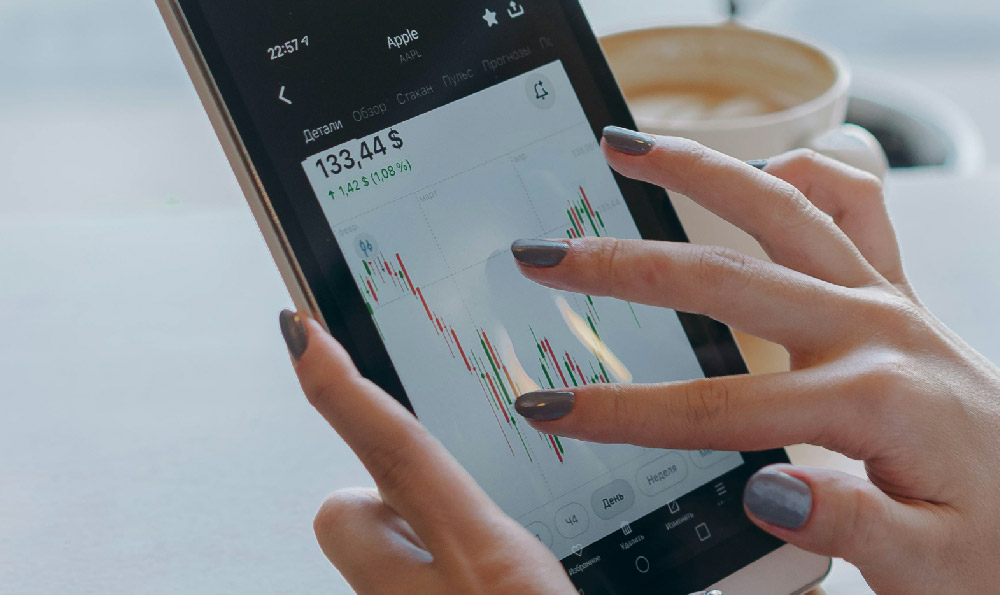
The crucial metric is CPM (Cost Per Mille, or cost per thousand impressions) and RPM (Revenue Per Mille, or revenue per thousand views). CPM is the amount advertisers pay YouTube for every 1,000 ad impressions. RPM is the actual amount you, the creator, receive per 1,000 views after YouTube takes its cut (typically 45%).
CPM varies wildly based on a multitude of factors. Some of the most influential include:
-
Niche: Certain niches are inherently more valuable to advertisers. For example, videos about finance, technology, business, or health often attract higher CPMs because advertisers are willing to pay more to reach audiences interested in these topics. These audiences are often considered to have higher disposable incomes or are more likely to make purchases related to the product or service being advertised. In contrast, channels focused on gaming, entertainment (general), or kids' content might have lower CPMs.
-
Audience Demographics: Advertisers are often targeting specific demographics. The age, gender, location, and income level of your audience will impact the CPM. Viewers in wealthier countries, such as the United States, Canada, Australia, and Western Europe, generally command higher CPMs because advertisers are willing to pay more to reach consumers in those markets.
-
Ad Format: YouTube offers various ad formats, including skippable video ads, non-skippable video ads, banner ads, and sponsored cards. Non-skippable ads and mid-roll ads (ads placed within longer videos) tend to generate higher CPMs than skippable ads or banner ads. The availability and effectiveness of these ad formats significantly impact overall revenue.
-
Seasonality: Advertising rates often fluctuate throughout the year. CPMs tend to be higher during the holiday season (Q4) when businesses are ramping up their marketing efforts for Christmas, Black Friday, and other seasonal events. Conversely, CPMs may be lower in January and February after the holiday rush.
-
Ad Engagement: How viewers interact with the ads on your videos also plays a role. If viewers watch ads to completion, click on them, or engage with them in other ways, it signals to advertisers that your channel is effective at reaching their target audience, which can lead to higher CPMs.
-
Video Length and Mid-Roll Ads: Longer videos, typically those over 8 minutes, allow you to place multiple ad breaks within the video, significantly increasing the potential for ad impressions and therefore, revenue. Strategically placing mid-roll ads can be a powerful way to maximize earnings.
Let's illustrate with an example. Suppose you have a channel focused on personal finance with a predominantly US-based audience. Your CPM might be around $10-$20. After YouTube's cut, your RPM could be around $5-$10. If you have a video that gets 100,000 views, you could potentially earn between $500 and $1000 from that video.
On the other hand, if you have a gaming channel with a CPM of $2-$4 and an RPM of $1-$2, the same 100,000 views might only generate $100-$200.
Beyond ad revenue, other monetization methods can supplement your income:
-
Channel Memberships: Offering exclusive perks and content to paying members of your channel.
-
Super Chat & Super Stickers: Allowing viewers to purchase highlighted messages in live chat during live streams.
-
Merchandise Shelf: Selling merchandise directly from your YouTube channel.
-
YouTube Premium Revenue: Earning a share of revenue from YouTube Premium subscribers who watch your content.
Therefore, focusing solely on the number of views is misleading. While a large volume of views is certainly helpful, optimizing for CPM, RPM, and diversifying your monetization streams are crucial for building a sustainable and profitable YouTube channel. Creating high-quality, engaging content that appeals to a valuable target audience is the long-term strategy for success. Instead of chasing fleeting viral trends, building a loyal subscriber base that consistently watches your videos and interacts with your ads is a more reliable path to generating meaningful income on YouTube. Analyzing your YouTube analytics, experimenting with different ad formats, and continually refining your content strategy based on audience feedback are all essential components of maximizing your earning potential. Finally, remember to stay compliant with YouTube's policies and guidelines to avoid any issues with monetization.



